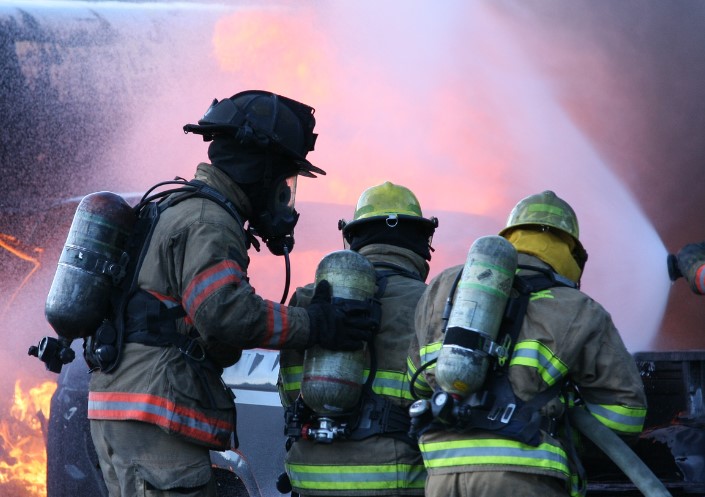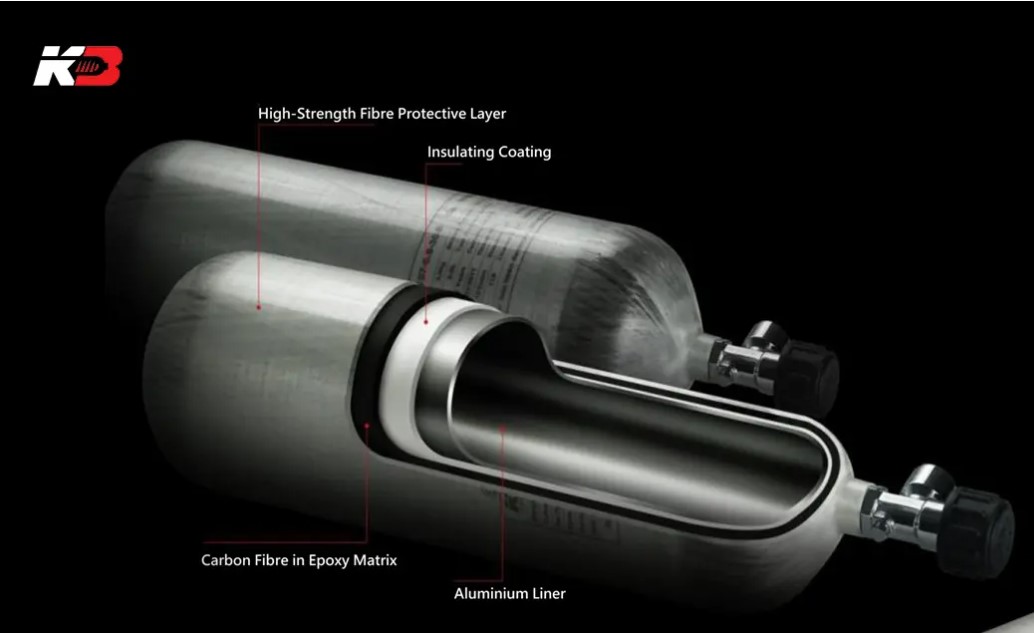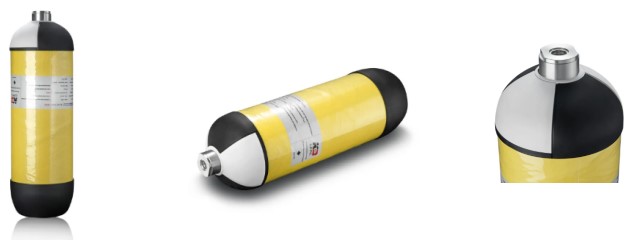In the world of emergency rescue, life safety equipment is crucial. Rescue teams depend on their gear in high-risk, life-or-death situations. One vital component of this equipment is the breathing apparatus that allows firefighters, paramedics, and other responders to enter hazardous environments safely. Among the different types of cylinders used in these systems, carbon fiber composite cylinders have emerged as a preferred choice due to their unique benefits. This article will explore the specific advantages of using carbon fiber cylinders in life safety systems, particularly for emergency rescue teams.
Lightweight and Maneuverable
One of the primary reasons carbon fiber cylinders are favored in emergency rescue operations is their lightweight nature. Traditional cylinders made from steel are heavy and can weigh down the wearer, making movement difficult in already challenging environments. Carbon fiber, on the other hand, provides a significant reduction in weight without sacrificing strength. This is especially important for firefighters or rescue workers who may have to carry their equipment while climbing stairs, crawling through tight spaces, or maneuvering around obstacles in unpredictable situations.
For example, a steel cylinder can weigh up to 50% more than a comparable carbon fiber cylinder. In scenarios where every second counts, having lighter equipment means emergency responders can move faster and more effectively, reducing fatigue and increasing their ability to focus on the task at hand.
High Strength-to-Weight Ratio
Carbon fiber composite cylinders offer a high strength-to-weight ratio, making them incredibly durable while remaining much lighter than their steel counterparts. The cylinders are made by wrapping carbon fibers around a polymer liner, which provides them with both high tensile strength and the ability to withstand high pressures. In life safety applications, this means that the cylinders can hold the high pressures required to provide breathable air for long periods, all while staying lightweight.
For emergency rescue teams, this strength translates into safety. Whether responding to a fire, chemical spill, or a confined-space rescue, carbon fiber cylinders can withstand harsh conditions without breaking, leaking, or compromising the life-saving air supply they carry.
Longer Duration of Use
Carbon fiber cylinders are designed to hold higher pressures, often up to 4500 psi (pounds per square inch). This higher pressure allows them to store more compressed air or oxygen in the same or smaller-sized cylinder compared to lower-pressure options like aluminum or steel tanks. As a result, rescue personnel can operate for longer periods without needing to replace or refill their cylinders, which can be critical in extended operations where continuous air supply is vital.
In practical terms, a carbon fiber cylinder allows rescue workers to stay on-site longer and perform life-saving tasks without interruption. This reduces the need to exit hazardous zones frequently to change equipment, allowing for more efficient and effective rescues.
Durability in Harsh Environments
Emergency rescue teams often work in extreme environments—whether it’s the intense heat of a fire, the moisture of a flood, or the physical strain of debris and rubble in urban disasters. Carbon fiber composite cylinders are highly resistant to these tough conditions. Unlike steel, which can rust or degrade over time when exposed to moisture or chemicals, carbon fiber is corrosion-resistant. This makes it an ideal material for environments where equipment might be exposed to water, chemicals, or other corrosive substances.
Moreover, the multi-layer construction of carbon fiber composite cylinders, often including a protective polymer coat and additional cushioning, helps them resist external impacts. This is essential for rescue teams that work in areas where their equipment may be subject to knocks, drops, or rough handling.
Improved Safety Features
Many carbon fiber cylinders come with added safety features that enhance their usability in life-saving scenarios. For instance, some models are equipped with flame-retardant coatings to protect the cylinders from fire damage, ensuring that they remain operational even in the midst of intense heat. Rubber caps are also commonly added to the ends of the cylinders to prevent damage from accidental drops or impacts, which can be common in chaotic rescue scenes.
These design elements ensure that the equipment remains reliable and functional in the most demanding situations, giving emergency workers confidence that their air supply won’t fail when they need it most.
Ease of Transport and Storage
Due to their lightweight design, carbon fiber cylinders are also easier to transport and store. Rescue teams can carry multiple cylinders on-site with less strain, which is especially useful in large-scale emergency responses where multiple units may be needed for extended operations. Additionally, carbon fiber cylinders take up less space, both in vehicles and storage areas, making them more convenient for fire stations, ambulances, and other emergency response units to handle.
Cost Considerations and Long-Term Value
Although carbon fiber cylinders are typically more expensive upfront than steel or aluminum alternatives, they offer long-term value. Their durability means they require less frequent replacement, and their lightweight design reduces wear and tear on other equipment, such as harnesses and carriers. Additionally, the extended operational time per cylinder can lead to reduced maintenance and replacement costs for refilling and servicing the equipment.
For life safety teams that prioritize both effectiveness and long-term investment, carbon fiber composite cylinders provide a cost-effective solution despite their higher initial price. Over time, their benefits in terms of durability, safety, and performance make them a wise choice for critical operations.
Conclusion
In the demanding world of emergency rescue, equipment performance can make the difference between life and death. Carbon fiber composite cylinders offer a range of clear advantages for life safety systems. They are lighter, stronger, and more durable than traditional options, making them ideal for firefighters, paramedics, and other first responders who need reliable gear in extreme conditions. The ability to store high-pressure air for extended periods, combined with their resistance to harsh environments, ensures that carbon fiber cylinders continue to play a crucial role in modern life-saving operations.
Post time: Oct-22-2024



